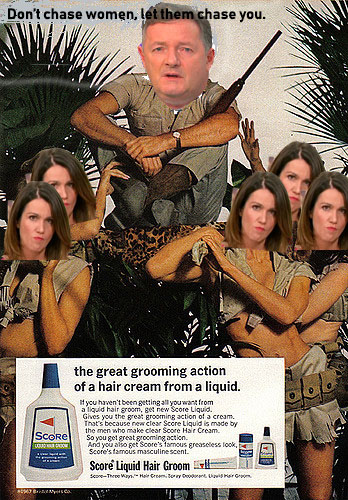What is the difference between consumer-orientated regulation and citizen-based regulation?
Consumer-orientated regulation is initially designed to encourage media plurality and to ensure that a diversity of broadcasters operate within the media landscape.
Livingstone and Lunt argue that citizen-based regulation provides a content focused framework that directs media makers to “contribute to the enrichment of cultural and social life and the potential for self-development of individuals, groups and communities”.
In other words…citizen-based regulation takes everyone into account.
What impact did the 2003 Communications Act have on media regulation?
Communications Act designed by Labour government in order to modernise the UK’s regulatory systems and help UK TV industry to become more competitive in globalised media landscape of late 20th century. The Communications Act significantly diluted public service requirements of TV broadcasting. Independent TV production companies were freed up to produce content that was more commercially viable. This resulted in production of programming lacking civic-minded republicanism that had been fostered within previous regulatory frameworks.
What is the drawback of a self-regulatory system?
Most media organisations construct their own self-regulations which isn’t beneficial and doesn’t help to resolve issues (possibly put forward by members of the public) regarding their media.


